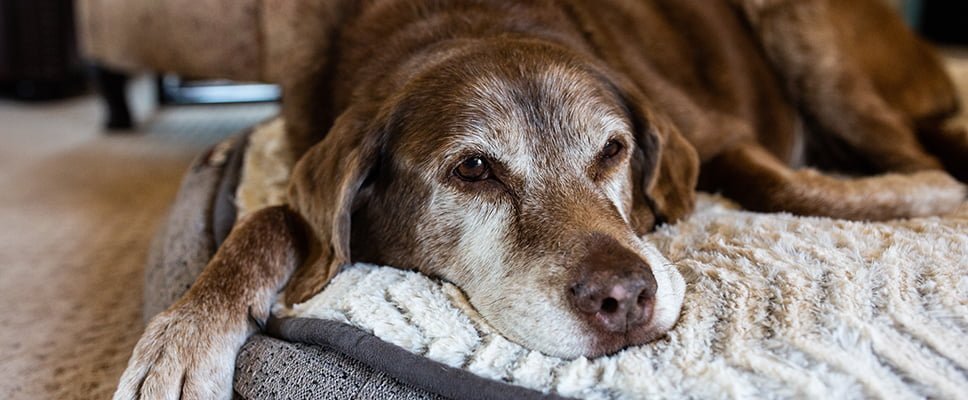Soothing Your Furry Friend
Table of Contents
When our pets are not their usual playful or cuddly selves, it might be more than just a bad day, it could be anxiety. Observing your pet suffering in silence can be one of the most challenging aspects of pet ownership. Understanding the intricacies of pet anxiety not only strengthens the bond with our pets but also improves their overall well-being. This guide aims to demystify pet anxiety, offering a beacon of hope and actionable solutions for concerned pet owners.
Recognizing the Signs of Anxiety in Pets:

Pet anxiety often goes unnoticed until it manifests into more apparent, sometimes destructive behavior. For dogs, it might be an uncharacteristic aggression or destruction of furniture. Cats may hide more than usual or exhibit over-grooming to the point of hair loss. Birds might pluck their feathers, while small mammals could show signs of lethargy or aggression. These behaviors are symptomatic of a deeper issue – an emotional response to perceived threats, real or imagined.
Understanding Common Triggers:
The root of anxiety can often be traced back to a few common triggers, though it’s important to remember each pet’s trigger might be unique. Past trauma, lack of socialization, or even genetics can play a significant role. For instance, some breeds are more prone to anxiety due to their genetic makeup. Environmental changes, such as moving to a new home or introducing a new family member (pet or human), can also significantly impact your pet’s emotional state.
Strategies for Managing Pet Anxiety:
1. Create a Safe Space:
Elaborating on the concept of a safe space, it’s not just about physical comfort but also emotional security. This space should be consistently available to your pet, free from the hustle and bustle of the household.
2. Consistent Routine:
A predictable routine goes a long way in providing a sense of security. Meals, walks, playtime, and even quiet time should occur as consistently as possible. This predictability helps reduce the anxiety associated with uncertainty.
3. Exercise and Stimulation:
Beyond the physical benefits, exercise and mental stimulation can significantly alleviate anxiety. It’s a productive outlet for energy and helps prevent the buildup of stress. Incorporating puzzle toys, new tricks, or obstacle courses can keep your pet mentally stimulated.
4. Behavioral Training and Socialization:
Training and socialization should be approached gently and positively. Positive reinforcement encourages your pet to repeat desired behaviors, while socialization exposes them to new experiences in a controlled, stress-free manner.
5. Seek Professional Help:
Sometimes, despite our best efforts, professional intervention is necessary. This section can delve into the different types of professionals available, from veterinarians who can rule out any underlying medical issues to animal behaviorists specializing in anxiety.
Success Stories:
Including more detailed success stories can offer practical examples and hope. For example, detailing a dog’s journey from crippling separation anxiety to being able to comfortably stay alone for hours, highlighting the specific strategies and support systems used.
Additional Sections:
Nutritional Support for Anxiety:
Exploring how a balanced diet and possibly supplements can support the overall management of anxiety in pets. Certain nutrients are known to support brain health and mitigate symptoms of anxiety.
This Article by MyPetNutritionist provides a thorough guide on managing nutrition for dogs with anxiety.
Integrative Therapies:
Covering alternative therapies such as acupuncture, aromatherapy, and massage can provide a holistic approach to managing pet anxiety, offering readers a comprehensive range of options.
Community Support:
Emphasizing the importance of community in navigating pet anxiety. Support groups, online forums, and local pet clubs can offer invaluable resources and emotional support for pet owners.
Conclusion:
Concluding with a reaffirmation of the pet-owner bond and the journey toward managing anxiety as a path filled with learning, love, and patience. It’s a reminder that with the right support and strategies, pets can lead a fulfilling, anxiety-free life.









2 comments